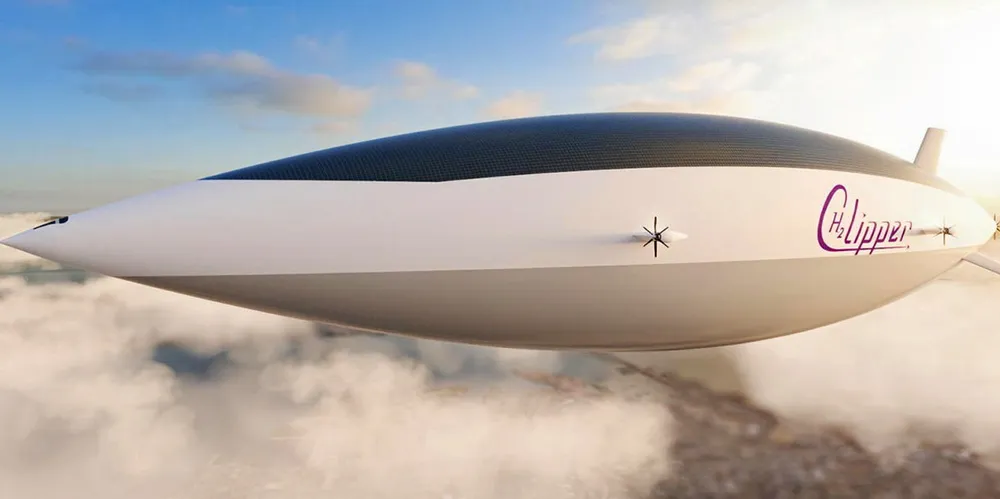Almost 85 years on from the Hindenburg disaster and the future of hydrogen is… airships?
Start-up claims the cheapest and cleanest way to transport H2 over long distances will be hydrogen-powered zeppelins

Start-up claims the cheapest and cleanest way to transport H2 over long distances will be hydrogen-powered zeppelins
